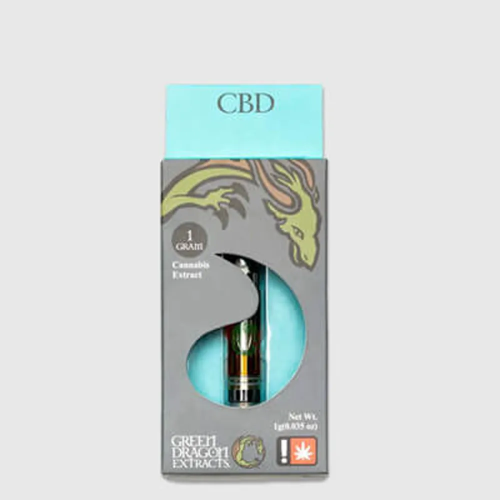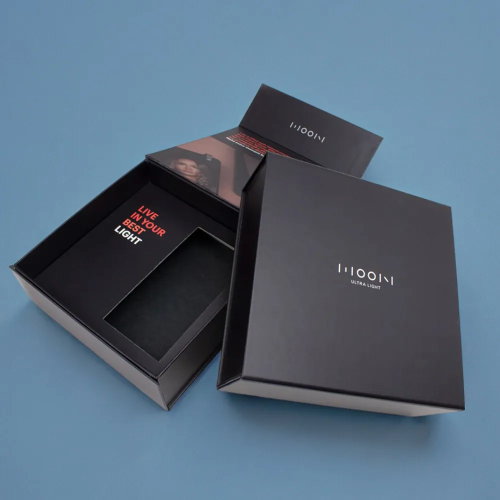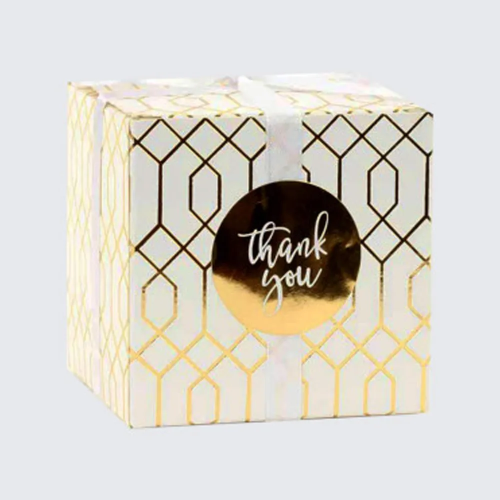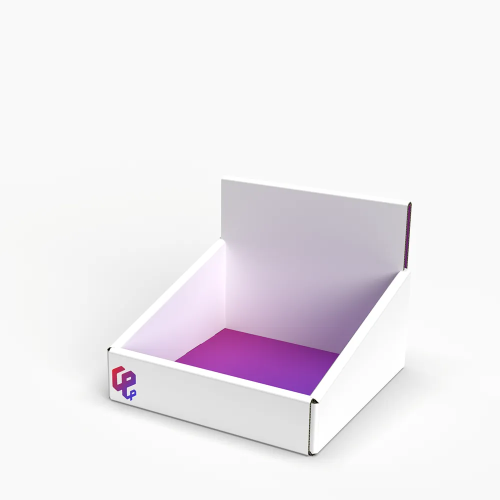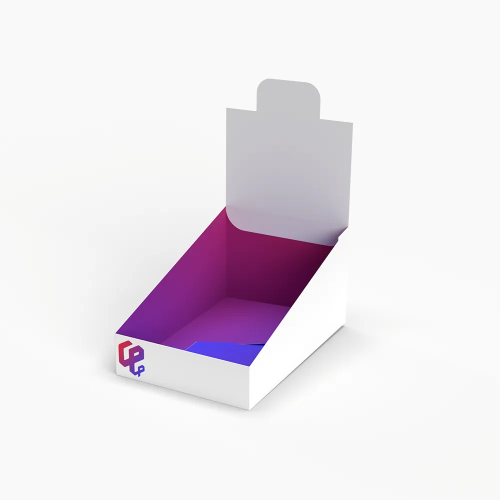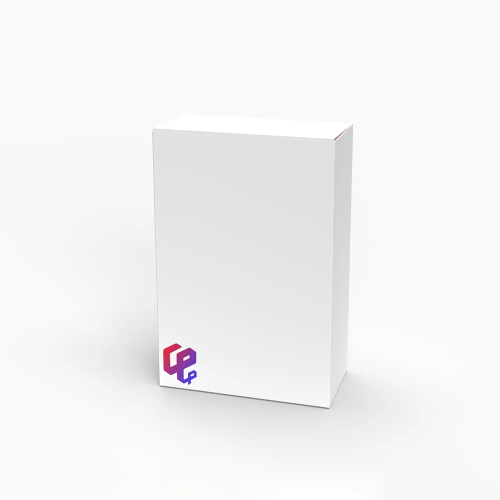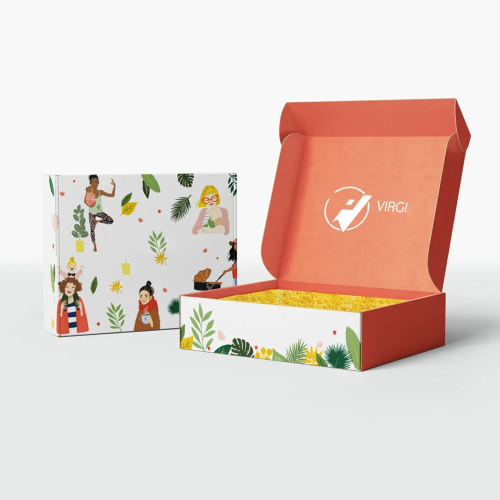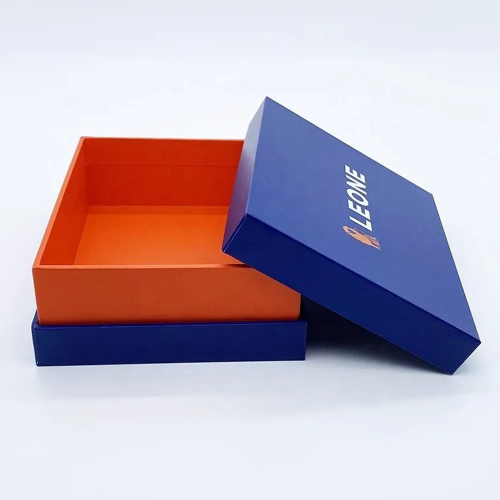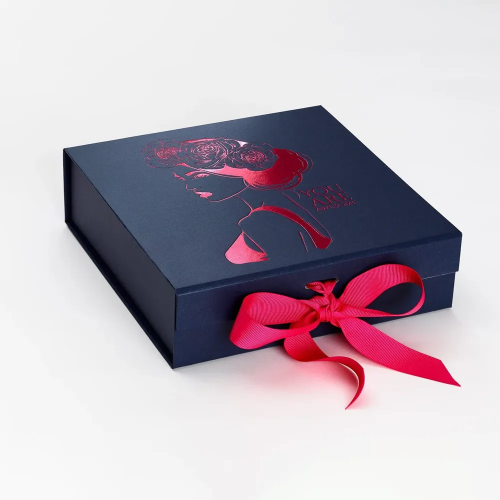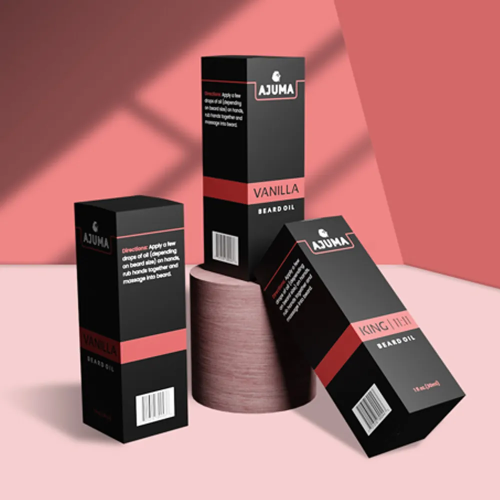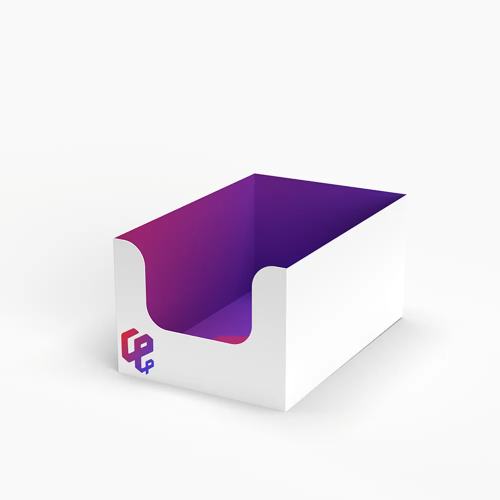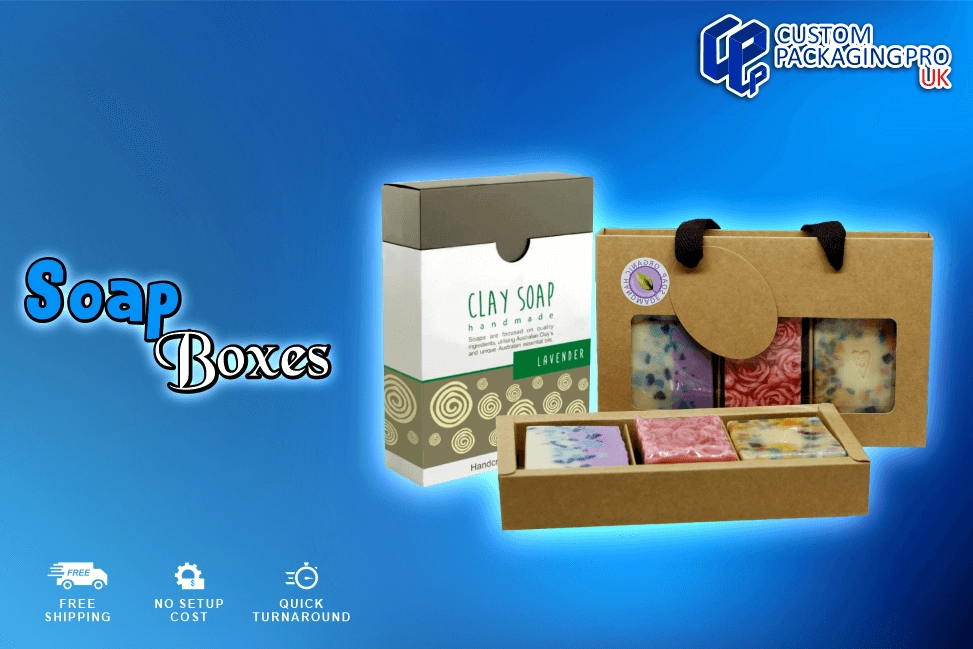Soap Boxes to Enhance Product Arrangement Experience
March 25, 2024
Packaging is paramount in consumer goods as it attracts attention and communicates information. They guarantee the integrity of the product. Soap Boxes occupy a distinctive position among these products because of their daily necessity and consumers and their varied preferences. This functions as more than a mere protective barrier. It also conveys information regarding the brand, promotes sustainability, and enhances the user experience. The packaging of both bar and liquid soaps must be constructed to preserve their integrity for the duration of its life cycle. Bar soaps are conventionally encased in protective surfaces, including cardboard, plastic, and paper coatings, which also serve as platforms for branding and informational purposes.
Elevate Brand Image Impressively through Soap Boxes
Liquid soaps frequently consist of pouches and plastic vials fitted with dispensing mechanisms. They seal to avert contamination and leakage. Selecting design elements, colours, and imagery can communicate their identity, values, and positioning. As an illustration, Soap Boxes adorned with hues and whimsical images might appeal to younger consumers seeking fashionable. They enjoyable personal care products, whereas minimalist designs featuring organic tones might resonate with individuals who prefer natural and environmentally sustainable alternatives. The concept of branding goes beyond mere visual appeal and incorporates tactile experiences. Recent years have seen the emergence of sustainability as a significant development factor in design.
Soap Boxes That Would Ensure Safe Product Delivery
Corporations are increasingly adopting eco-friendly materials and processes to reduce their carbon footprint in response to rising consumer awareness of environmental issues. The extensive implementation of recycled and biodegradable packaging materials, including cardboard, paperboard, and compostable polymers, is evidence of this transition. Additional formats under consideration by brands to reduce waste and encourage reuse include dissolvable pouches and refillable Soap Boxes. Soap brands can effectively target environmentally conscious consumers and demonstrate their support for broader societal values of stewardship and conservation by integrating sustainability principles into their packaging strategies.

Kraft Boxes Optimising Retail Presentation Solutions
In recent years, there has been a significant surge in the popularity of boxes, which are considered the quintessence of environmentally responsible packaging options due to their adaptability, longevity, and sustainable characteristics. Crafted from recycled materials, these unassuming cardboard boxes have become more than just receptacles; they have come to represent environmental awareness and functionality in the packaging industry. Given their earthy brown hue and exterior design, Kraft Boxes may appear unadorned and plain at first glance. Nonetheless, their allure resides in their subtle sophistication and capacity to fulfill multiple objectives across diverse sectors. Across various industries, they have established themselves as the packaging material of choice for companies seeking to adhere to sustainable principles without sacrificing quality and appearance.
Secure Products Effectively Always through Kraft Boxes
An exceptionally appealing feature of boxes is their environmentally sustainable composition. Boxes, predominantly constructed from recycled paperboard, have a considerably reduced ecological impact compared to alternatives manufactured from materials. Kraft Boxes manufacturers positively contribute to waste reduction and natural resource conservation by implementing environmentally responsible manufacturing processes and efficiently using recycled fibers. Offering various dimensions and configurations, they are adaptable to various packaging requirements. Tailored content includes jeweler boxes, shipping cartons, and intricately designed gift options. They offer sufficient protection and a close fit for the products transported and displayed.
Kraft Boxes to Elevate Customer Unboxing Experience
Organisations can imprint their logos, slogans, and custom designs onto crates, converting them into potent instruments for marketing. Their primitive aesthetic is highly compatible with many printing methods, such as offset printing, digital printing, and stamping, providing an inexhaustible array of brand presentation and narrative construction opportunities. Besides their visual attractiveness, Kraft Boxes provide practical advantages that powerfully communicate with enterprises and customers. The sturdy construction of these items guarantees their integrity, protecting them from potential harm and shattering while in transit and handling. In addition, its inherent resistance to moisture and oil renders it. They are optimal materials for packaging perishable goods such as cosmetics, food items, and other products that require additional protection to maintain their freshness.

Streamline Retail Supply Chains through Display Boxes
These inconspicuous receptacles function as scaled-down platforms where merchandise is prominently displayed, captivating prospective purchasers with its appeal. While frequently disregarded within the broader context of marketing, they serve a vital function in captivating the interest of consumers. They augment the prominence of a brand. Display Boxes are ubiquitous in product promotion, from trade show booths to retail shelves. They subtly yet effectively affect consumer behavior. An initial examination may suggest that a box is merely a receptacle for merchandise, but its importance transcends this perception. In addition to its functional purposes of transportation and storage, an elegantly designed display case is a potent marketing instrument.
Display Boxes to Protect Goods with Presentational Impact
By employing strategic design elements, including typography, imagery, and colour schemes, they effectively convey the intended message of a brand and elicit specific emotions in consumers. Attracting focus is one of the principal functions they serve in crowded retail environments. The ability to distinguish one becomes critical in a market saturated with competing products contending for attention. Conspicuous due to their hues, striking visuals, and distinctive forms, soap display Boxes possess the ability to impede consumers in their paths and compel them to approach more closely. How an item is presented, whether an intricate display at a department store and a sophisticated cardboard display in a supermarket. They can significantly impact its ability to attract potential customers.
Display Boxes Serving As a Great Visual Experience
In addition to serving as visual stimuli, crates communicate critical details regarding the product, including its attributes, advantages, and cost. Ingeniously designed displays emphasise crucial selling points and distinguish the product from rivals, encouraging consumers to complete a purchase. By utilising interactive elements, persuasive copywriting, transparent product windows, and other visual and informational strategies, Display Boxes effectively captivate consumers and direct them towards the desired conversion action. They serve a pivotal function not only in physical retail environments. It also augments the prominence of brands during trade fairs, exhibitions, and events. They function as the initial interface connecting brands with prospective consumers, imparting an impact transcending the occasion.

